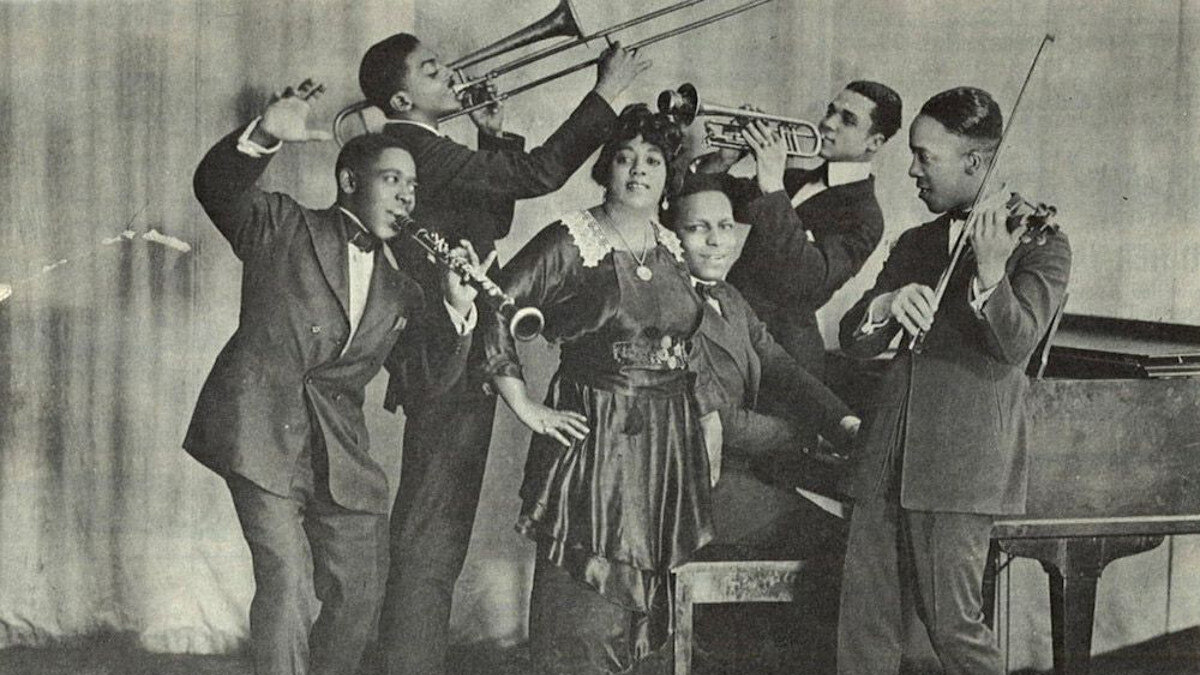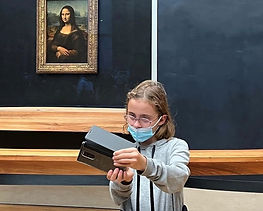By Tom Sykes.
Emanating from a forgotten corner of the American South East, the blues is the foundation upon which modern popular music has been built. Rock ‘n’ roll, soul, jazz and country music all owe a significant debt to the blues men and women of the Mississippi Delta.
Alongside gospel music, blues was the most popular form of African American cultural expression in the first half of the twentieth century. However, since the genre’s heyday in the 1930s and 40s, blues has been forgotten and displaced by its more slick and economically savvy musical offspring, rock and soul. Since the 1960s, blues artists have only been brought back into the spotlight by the rock stars and soul singers who appreciated their influence. It was British bands, such as the Rolling Stones and the Yardbirds, who sparked the blues revival of the 1960s, after they popularized covers of tracks by Muddy Waters, Howlin’ Wolf and Robert Johnson. There is still some way to go before the blues is fully appreciated as the bedrock of popular music, but thanks to the success of the Stones and others, there is a growing recognition of the profound influence of this remarkable genre.
One area of blues music that remains fundamentally misunderstood is its political and social significance. Though we acknowledge the musical debt owed to the blues by the writers of the great protest songs of the civil rights era and beyond, we rarely see blues as a form of protest music in itself. Blues, instead is regarded as deeply introspective, dealing with themes of love, pain, and personal misfortune. Where Sam Cooke, Marvin Gaye and Bob Dylan hit out forcefully and explicitly against the injustice facing African American communities in tracks such as ‘Chain Gang’, ‘What’s Going On’, and ‘Blowin’ in the Wind’, blues musicians seemed content singing about spurned lovers, sexual prowess and the wonders of rail travel.
According to one study by the University of Mississippi, overt political protest was present in just two percent of the blues records produced before 1945. However, when blues music is placed in its historical context of racial oppression in the Jim Crow South, it becomes clear that the blues was a radical and sophisticated form of dissent against white supremacy in the USA. Not only did blues provide the musical foundation of twentieth century popular music, but it was also the first musical genre that brought the experience of an oppressed minority into mainstream culture and laid the groundwork for the more famous protest anthems of the 1960s.
The seemingly trivial themes that southern bluesmen addressed in their songs all carried a far greater meaning than a superficial look initially reveals. One such theme is the recurrence of the trope of rail travel in Delta blues music. Southern bluesmen were not simply impressed by the locomotive as a symbol of modernity. Instead, rail travel was an expression of one of the most prized freedoms of the post-emancipation South: the freedom of movement. In this context, a seemingly simplistic song such as ‘Hello Central’, by Lightin’ Hopkins, in which Hopkins moans about being prevented from catching a train to see his lover, can be understood as a protest against the structures of southern racism that sought to limit the freedom of movement of African Americans and tie them to their traditional role as plantation labourers. Protest against the structures of Jim Crow racism is similarly evident in the reverence shown for criminals and vagrants who challenged white supremacy by existing outside of the control of white landowners. The popularity of the itinerant bluesman, Henry Thomas, who sang about his existence beyond the grasp of white plantation owners, is testament to the power of Delta blues as a declaration of African American autonomy in the post-emancipation South.
Arguably the most politically radical and powerful of the blues artists of the South were the Blues Queens who dominated the ‘race records’ industry in the 1920s and 30s. These women, whose popularity far exceeded their male counterparts until the 1930s, directly challenged the structures of white patriarchal society that sought to defeminize and even dehumanize Black women. The Blues Queens, led by Ma Rainey and Bessie Smith, asserted their own freedom and sexual agency through their music in a manner that shocked white audiences. Bessie Smith’s ‘I Ain’t Goin’ to Play No Second Fiddle’ is an assertion of female agency, in which the singer talks about kicking her man out of her house, as she “ain’t gonna play no second fiddle ’cause, I’m used to playin lead”. In her 1928 hit ‘Prove It On Me Blues’, Ma Rainey even challenged the gender normsr imposed by US society by singing “It’s true I wear a collar and tie”, and later alluded to her lesbian sexuality with the words, “I went out last night with a crowd of my friends, It must’ve been women, ’cause I don’t like no men.”
The radicalism and political significance of the blues is confirmed by the reaction of white society to the growing popularity of what was described as the “devil’s music” by many social conservatives. According to the musician, Adam Gussow, who was one half of the blues double act, Satan and Adam, a pastor from Baltimore described the blues dancehall as “hell’s ante-room”. Gussow even identifies Black community elders who warned that the blues “only poisons the soul and dwarfs the intellect”. Such an extreme reaction against the radicalism of the blues can only serve as evidence of the efficacy of blues protest and expression.
In the context of Jim Crow oppression, blues artists, who dealt with themes such as freedom of movement, resistance to labour exploitation, and female sexual agency, were vital in the development of consciousness of racial injustice in the USA. Without pointing the finger explicitly at the white establishment, the blues gave expression to the simmering anger of African Americans, both in the South and in industrial North and West. It was these artists who laid the groundwork for the Civil Rights movement and the protest anthems that accompanied it.
The blues deserves credit for establishing a tradition of protest and dissent that had never existed in popular music beforehand. Just as from a musical perspective James Brown could not have existed without the influence of the likes of Muddy Waters and Howlin’ Wolf, nor could he have written the Black power anthem, ‘Say It Loud – I’m Black And I’m Proud’, without the trailblazing protest of the bluesmen and women of the American South.










